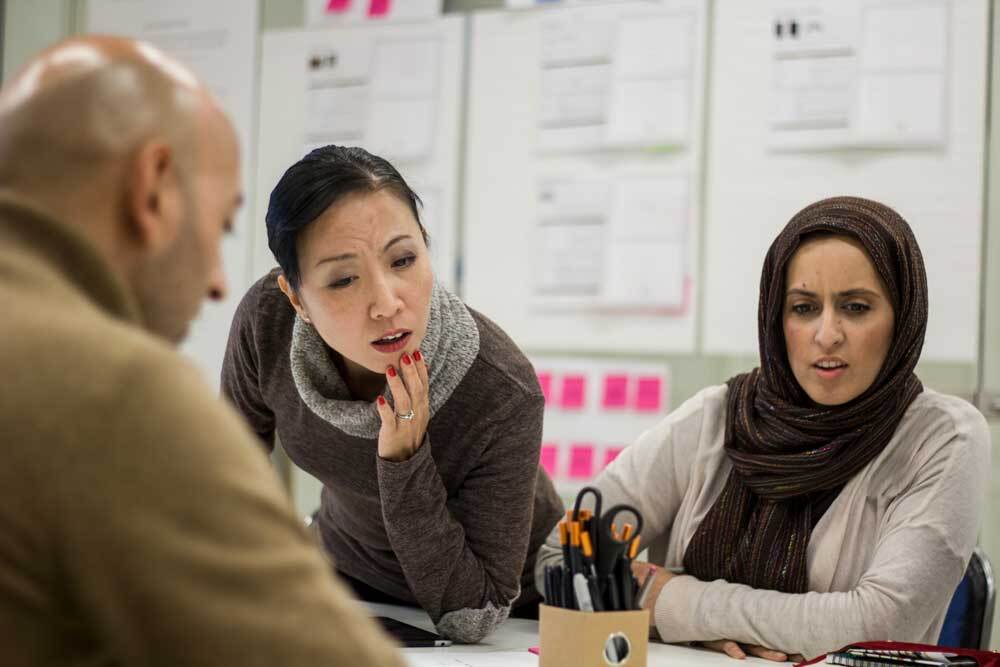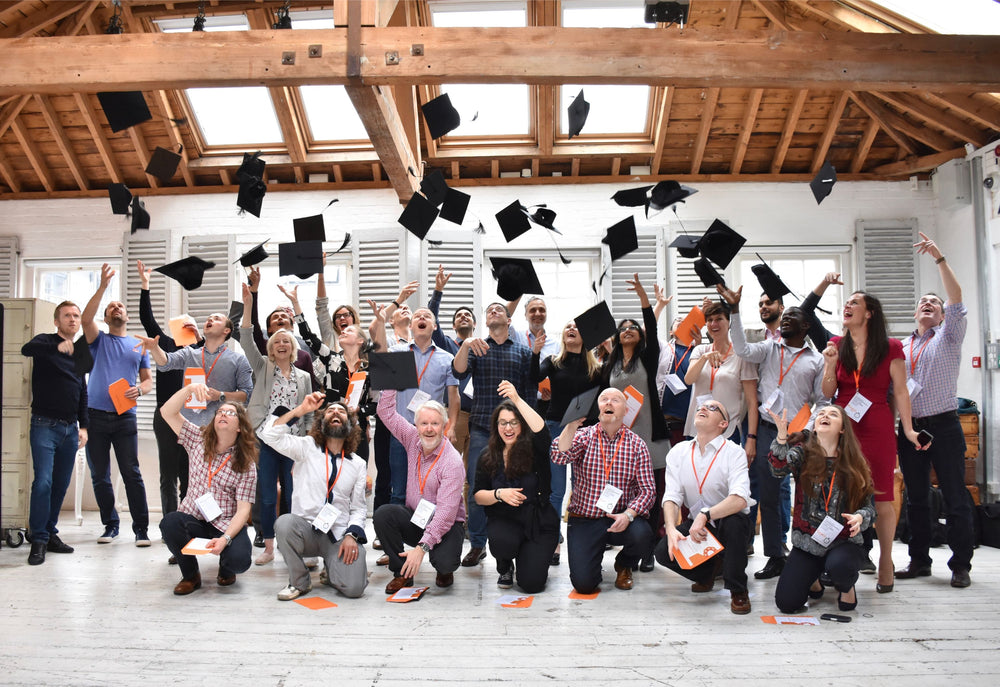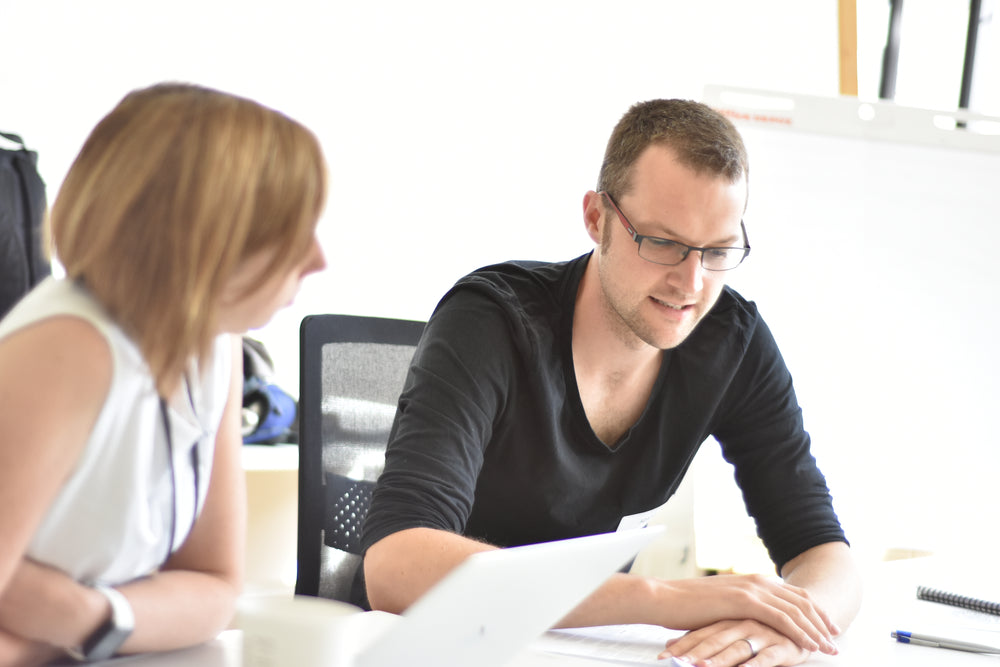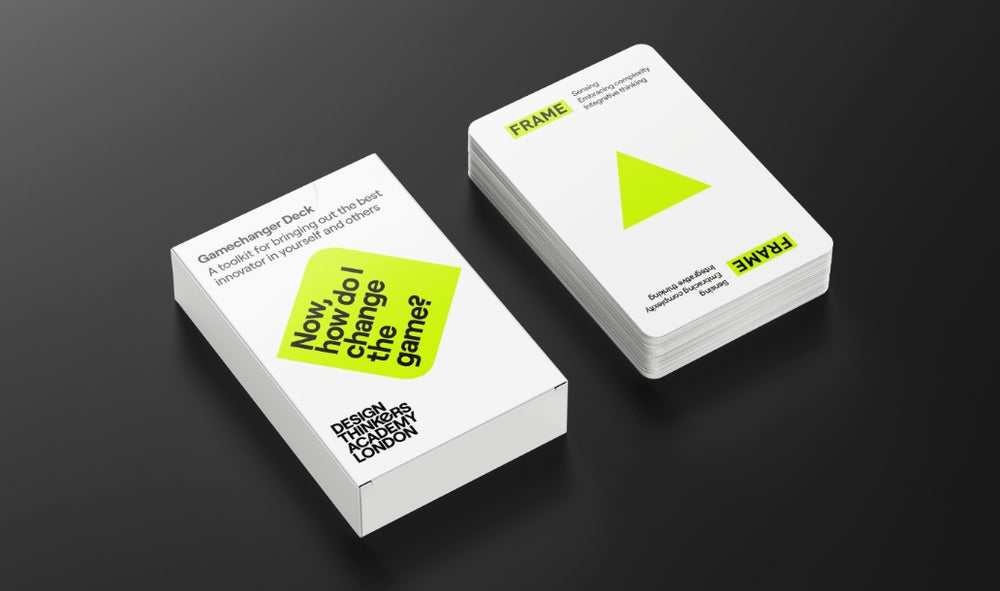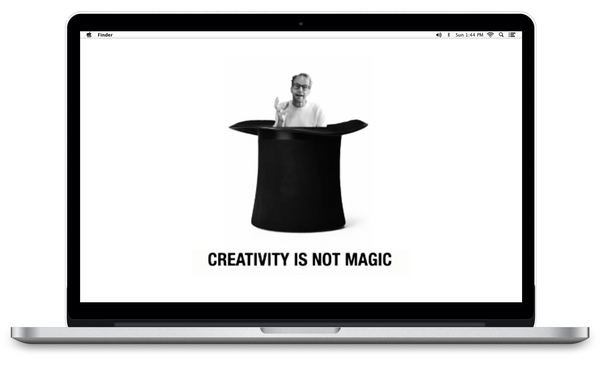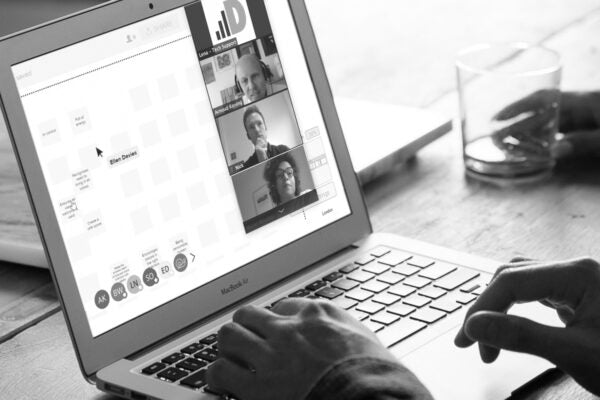For our producer, Blythe Wild, the outbreak of Covid-19 brought a whole range of unforeseeable challenges to her job, completely changing the nature of her role. We spoke to Blythe to understand how she dealt with the outbreak, the changing landscape of event production and how she’s maintaining great customer experience.
So Blythe, tell us about how lockdown impacted event production.
If there is one subject that drives conversation in event production, that has to be disruption. Dealing with disruption is key to all producers, yet 2020/21 brought disruption that could not have been prepared for. In a matter of weeks, the global landscape changed dramatically as the Coronavirus drastically changed where we can go and what we can do.
At the Design Thinkers Academy London, we run lots of Open Programme courses, but with so many unknowns amid the pandemic, all of our face-to-face workshops and events naturally needed to be cancelled or postponed.
However, event producers are no strangers to last-minute changes or crises. Being flexible has been crucial during the pandemic. We suddenly needed to adapt what we did, whilst in the process also maintain the high-quality standard of our courses. At the Design Thinkers Academy London we are often leading courses and client work around the customer experience, so it was paramount that we practiced what we preached, and kept the customer experience at the forefront of everything we did.
First up, we looked to a new way of running our workshops – online. Our Learning Designer, Susana Osório quickly started looking at how to bring our various courses to the online world. Together we embraced innovation and redesigned all of our courses as virtual workshops. The pandemic forced us to look at the technology available and we turned to Zoom and Mural as our preferred online collaboration tools.
How do you use Zoom and Mural?
All of our online courses are still taught live, so we needed a platform that could maintain that human interaction. Zoom was the answer. It has so many great features, including screen sharing and breakout rooms, that it quickly became the essential place to run our courses.
As for running the workshops, we began working in Mural – a great online visual collaboration tool. We have virtual board spaces where we work with virtual sticky notes. Leveraging technology to our advantage has made it achievable to make the best possible online workshop. For both platforms I still continue in my role as a producer, there to solve any technical problems, providing assistance and making sure everything runs smoothly for the customer.
At the start of the pandemic, people felt uncomfortable with this type of collaboration, but we have been pleasantly surprised to find that today the vast majority of delegates are quite adept and comfortable using these technologies. It also means you can expand in scale if you need to. For example, a one week-long Design Sprint that we ran involved over 150 students and 15 coaches – all taking part from the comfort of their own home.
So far, the feedback to online learning has been great and we’re continuing to learn from our work, to keep raising the bar for our customers.
Will virtual events be the “new normal”?
Undoubtedly humans still need to interact and exchange information face-to-face – it’s important, especially for co-creation. For now however, it is crucial to have a balance between live and virtual events. At this critical junction we are gradually returning to ‘normality’ and are now hosting courses again at our Studio in Wandsworth.

Learning to navigate the situation requires extensive planning and willingness to adapt fast. In today’s rapidly changing environment, preparedness is key. We have reviewed the way that we run events to ensure that we are doing everything we can to give the highest priority to the safety and comfort of our delegates.
The studio has been completely revamped to ensure that coronavirus safety measures can be adhered to. This means a light, airy and spacious Studio space, to ensure social distancing and to keep groups separate. It is also vital that we follow best practices such as maintaining safe distances, no shared stationery (including the ubiquitous Post-it notes), regular cleaning and hand sanitization.
What does the future entail for event production?
It’s perhaps still too early to predict what the ‘new normal’ of the what in-person workshops’ will look like. The future of events is likely to be a hybrid of in-person and online, but also optimised for the variety of different ways people choose to participate. With some key changes centred around public health and flexibility, I am confident that we can find the right balance of physical world and online environment. In turbulent times, it’s critical that we all come together and I for one and looking forward to being part of the re-imagining of future events.

